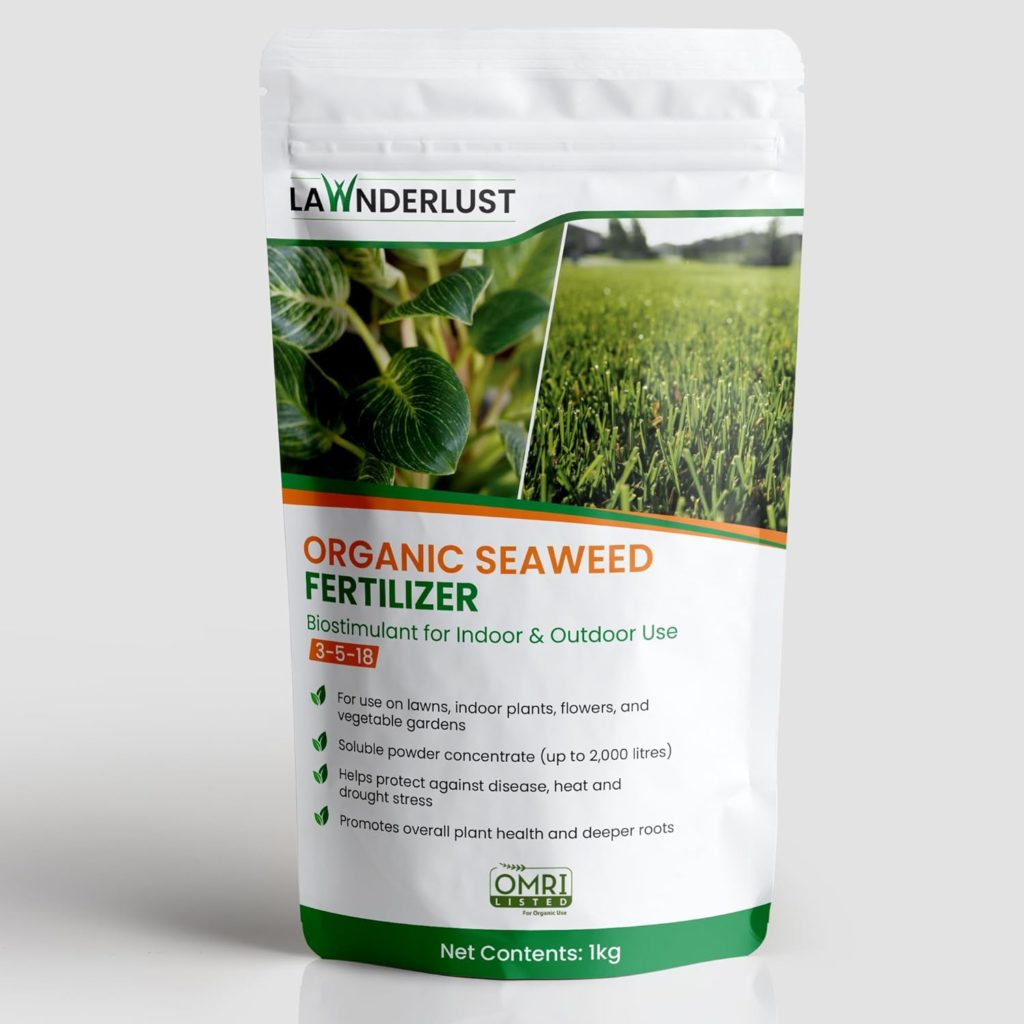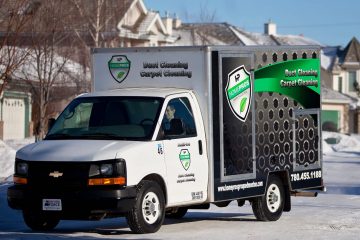As fall approaches, it’s time to start thinking about how to prepare your lawn for winter and ensure your garden is ready for the colder months ahead. Proper fall preparation can help protect your plants, keep your lawn healthy, and ensure a beautiful, thriving yard when spring arrives. Let’s explore the essential steps to take and why preparing your lawn and garden is an important part of your Ready For Fall Checklist.
Why You Need to Prepare for Winter
Preparing your lawn for winter is vital to maintaining its health and appearance. Fall is a crucial time to address any issues and give your lawn the nutrients and care it needs to withstand winter conditions. A well-prepared lawn is less likely to suffer from diseases, pests, or damage caused by frost and cold temperatures. Including this step in your Ready For Fall Checklist will help ensure a lush, green lawn when spring returns.
Key Tasks
- Raking and Removing Leaves: Leaves left on your lawn can create a layer that traps moisture, promoting mould growth and suffocating the grass. Regular raking keeps your lawn healthy and free from debris.
- Aerating the Lawn: Aeration helps improve soil aeration, water absorption, and root growth. It creates small holes in the soil, allowing essential nutrients, water, and air to reach the grassroots, which is critical to prepare your lawn for winter.
- Fertilizing: Applying a fall fertilizer rich in potassium can strengthen your grass for the winter months. It helps the grassroots absorb and retain essential nutrients, making it more resilient to cold weather.
- Overseeding: Overseeding involves spreading new grass seed over your existing lawn to fill in bare patches and encourage thicker growth. This step helps prepare your lawn for winter by promoting a denser, healthier lawn in spring.
Key Tasks to Prepare Your Garden for Winter
- Pruning and Cutting Back Plants: Remove dead or diseased branches to prevent damage and encourage healthy growth. Pruning also helps prevent pests and diseases from overwintering in your garden.
- Mulching: Apply a 2-3 inch layer of mulch around trees, shrubs, and flower beds to insulate roots, retain moisture, and prevent soil erosion during winter.
- Planting Fall Bulbs and Perennials: Planting bulbs like tulips or daffodils and hardy perennials in the fall ensures early blooms in spring and enhances the beauty of your garden.
- Clearing Vegetable Beds: Remove dead plants and debris from vegetable beds to prevent pests and diseases from settling in over winter.
Step-by-Step Guide to Prepare Lawn for Winter
- Rake and Remove Leaves Regularly: Rake leaves frequently to prevent dead spots and mould from forming on your lawn. A clear lawn promotes better air circulation and reduces the risk of diseases.
- Aerate the Soil: Use a lawn aerator to create small holes in the soil, which allows nutrients, water, and air to reach the grassroots. This is crucial to prepare your lawn for winter and promote healthy root growth.
- Apply Fall Fertilizer: Choose a fertilizer rich in potassium to strengthen the grass for winter. Apply it evenly over your lawn, following the manufacturer’s instructions.
- Prune Shrubs and Trees: Prune dead or diseased branches to prevent damage during winter storms. Proper pruning encourages healthy growth and reduces the risk of pests.
- Mulch Flower Beds and Around Trees: Spread a 2-3 inch layer of mulch to protect roots, retain soil moisture, and prevent erosion during the winter months.
Additional Tips to Prepare Lawn and Garden for Winter
- Watering: Continue watering your lawn and garden until the ground freezes. Adequate moisture helps plants stay hydrated through winter.
- Compost Leaves: Instead of discarding leaves, compost them to create nutrient-rich soil for future gardening.
- Protect Delicate Plants: Cover sensitive plants with burlap or plant covers to shield them from frost and harsh winds.
Common Mistakes to Avoid When You Preparing Your Lawn and Garden for Winter
- Leaving leaves on the lawn, which can lead to mould and damage.
- Skipping aeration or fertilization, which reduces lawn health and growth potential.
- Pruning too late in the season makes plants vulnerable to frost damage.
Prepare Now for a Thriving Spring
Taking the time to prepare your lawn for winter is a critical step in ensuring a beautiful, healthy yard come spring. By adding these tasks to your Ready For Fall Checklist, you can protect your plants, promote robust growth, and enjoy a lush garden when warmer weather returns. Start preparing today, and reap the benefits in the seasons to come!






